Tiffany Jenkins certainly knows how to raise eyebrows, not least those of her fellow panellists discussing “Who owns Culture” on Start the Week, BBC Radio 4, Monday 15 February, 2016. And no wonder. Let us consider a string of pronouncements which cannot pass unchallenged.
Did Elgin save the marbles from being “ground for mortar”? Possibly some the rubble from the explosion of 1687 was being thus recycled. Because of the difficulty of transporting building materials in antiquity it was established practice to reuse available fallen masonry. It is however highly unlikely that any of the pieces that Elgin’s workmen hacked and crowbarred off the Parthenon were at such risk?
Did Elgin rescue them from damage through exposure to the elements? With hindsight, yes. Acid rain certainly damaged those left in situ, but acid rain was not a problem in Athens in the 18th century. It did not play a part in Elgin’s purpose.
Were the marbles “Decontextualised” in the British Museum? No. They were Recontextualised. Their original context was incorporated in the British Museum’s artificial construct. Their original context is inalienable. The British Museum’s is contingent.
Is repatriation an invalid concept because “no object is where it was created”. Unless I am corrected my understanding has always been that raw blocks of marble were transported to the Acropolis and sculpted there. Indeed, as the work proceeded, on the Parthenon itself. This is fundamental to our argument – that the Parthenon is a fixed monument (and not any old fixed monument) and the marbles belong with it.
Does it matter that “they cannot go back on the Parthenon”? Isn’t it now established curatorial practice for monumental sites to have museums attached, for contextual purposes, to display related objects AND if necessary to protect vulnerable pieces from exposure to the elements. The Acropolis Archaeological Park and the Acropolis Museum are an outstanding example.
Does it matter that “they aren’t the same as the originals” (which were olychromatic)? That may be relevant to the question as to whether they should be repainted but it is not relevant to the reunification of the single artistic entity. The form is more important than the original painted surface.
Does it matter that you “only 65% survives”? What matters is that what survives is divided roughly 50/50 between London and Athens. Since when has it been a requirement that 100% completeness is necessary to restore a work, particularly monumental masonry?
Was the argument when they arrived in England more about their worth than the manner of Elgin’s acquiring of them? Certainly Tiffany Jenkins can cite men of culture who regarded them as a heap of old ruins, and certainly much of the discussion in the Select Committee convened to consider their purchase was on the level of “never mind the quality, feel the width”, but the evidence is, and indeed much of the justification for retaining them, that they were valued for their transformatory cultural effect.
As for Tiffany Jenkins assertion in her book that “few doubt the legal right of the British Museum to keep the Elgin Marbles”, the less said the better.
Eddie O'Hara, Chairman BCRPM
Further reading:
Openings: Judgment is not set in stone by Tiffany Jenkins
Letter in the Financial Times in response to Tiffany Jenkins article 12 February 2016 Openings: Judgment is not set in stone.
Keeping Their Marbles: How the Treasures of the Past Ended up in Museums, and Why They Should Stay There by Tiffany Jenkins
Museums shouldn’t be sending any treasures back, insists this forthright study. John Carey Published: 14 February 2016 in the Sunday Times Review
BMCR Review (Bryn Mawr Classical Review 2016.12.06) by Johanna Hanink on Tiffany Jenkins' book, can be read from the link here.

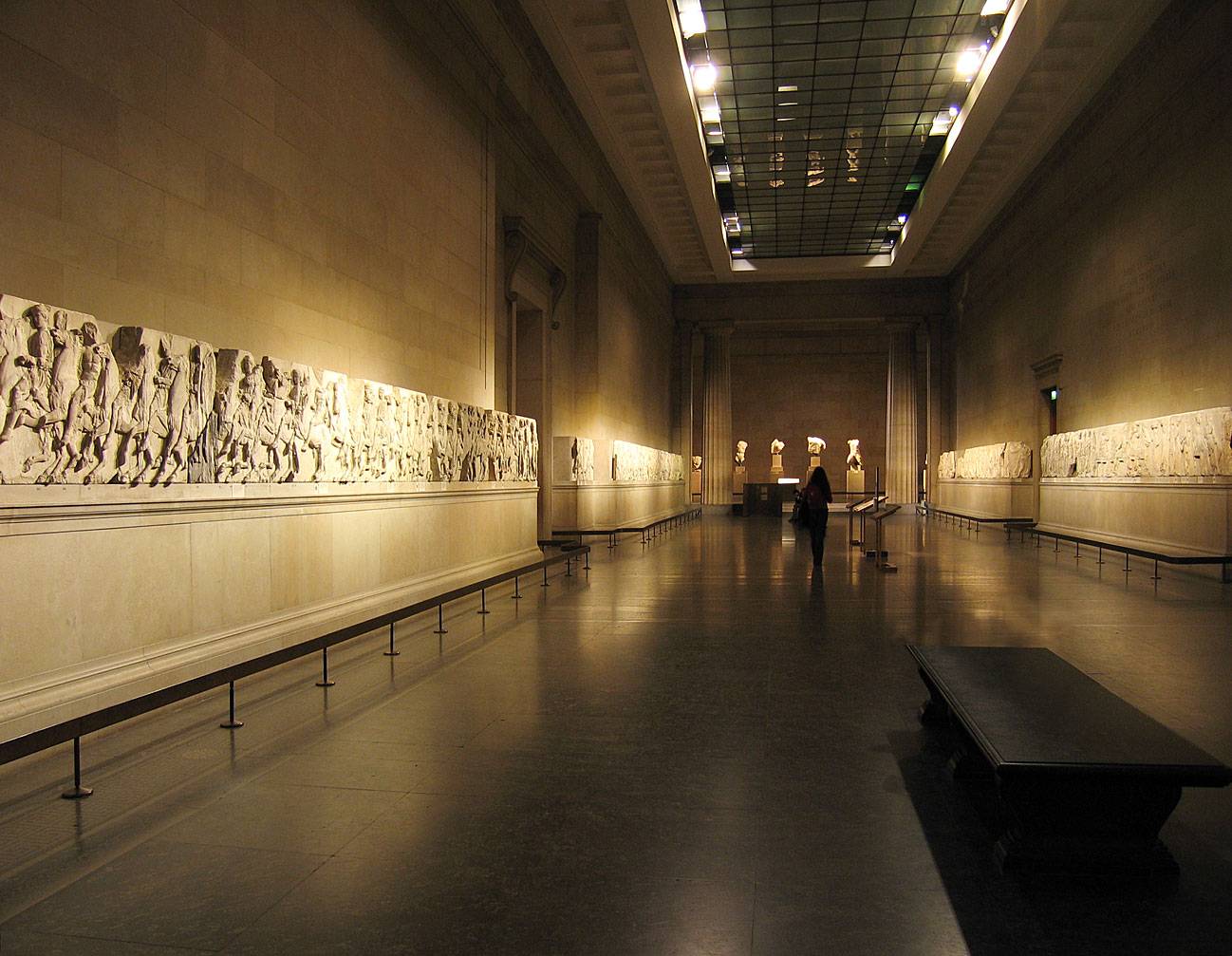
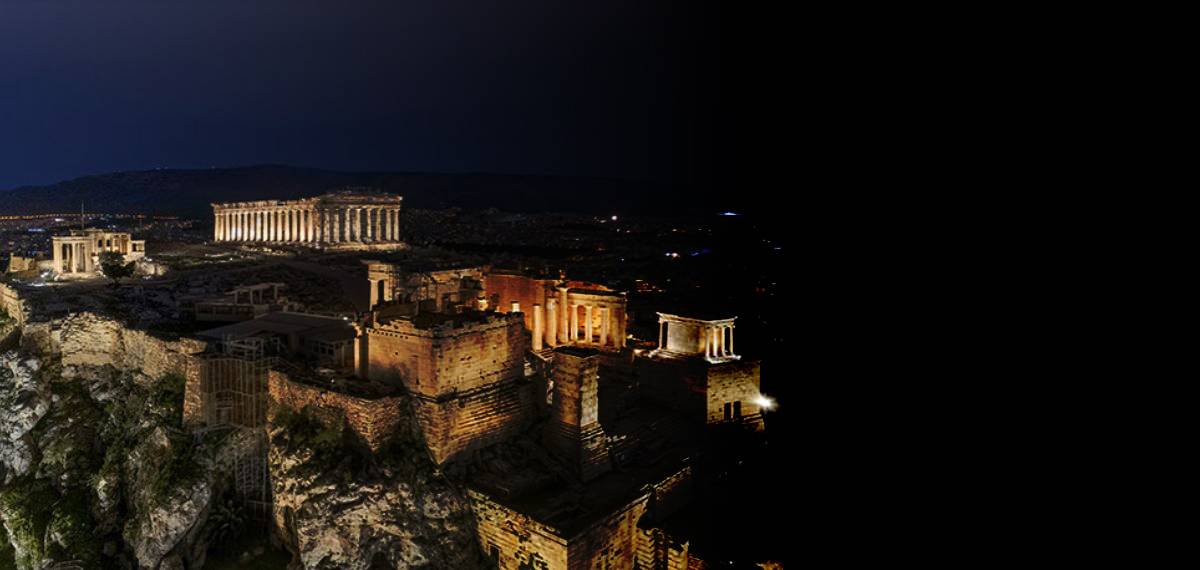
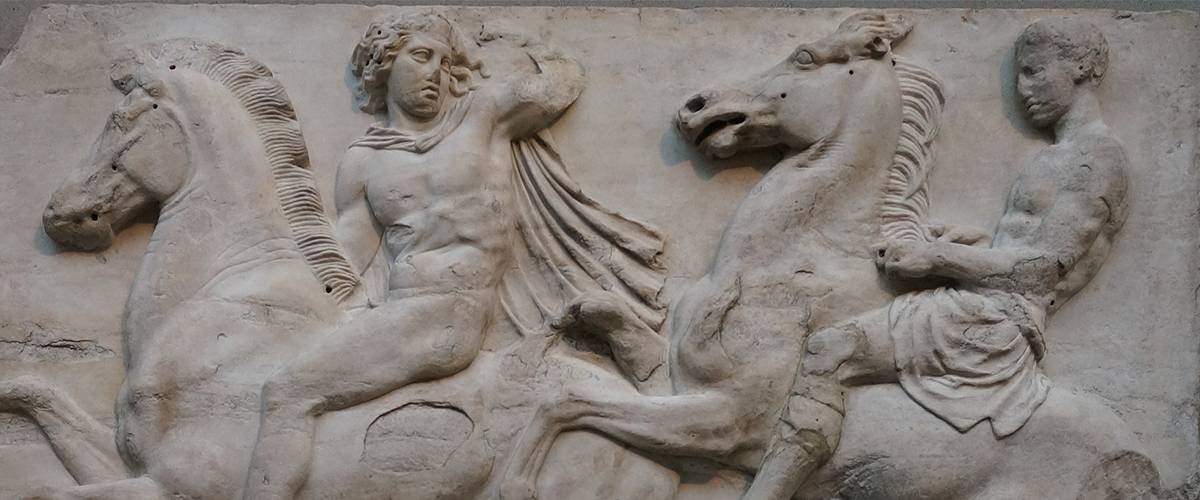

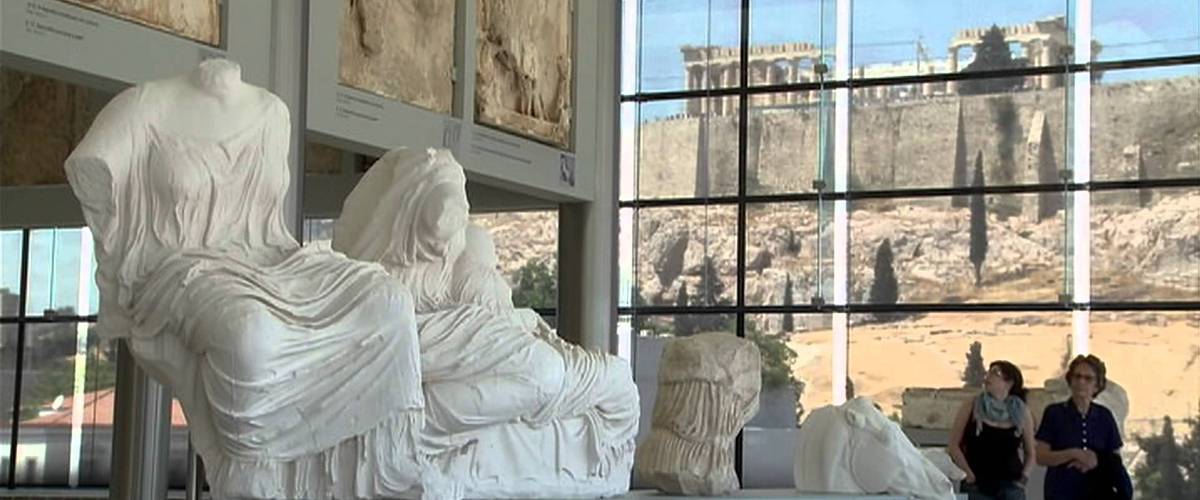

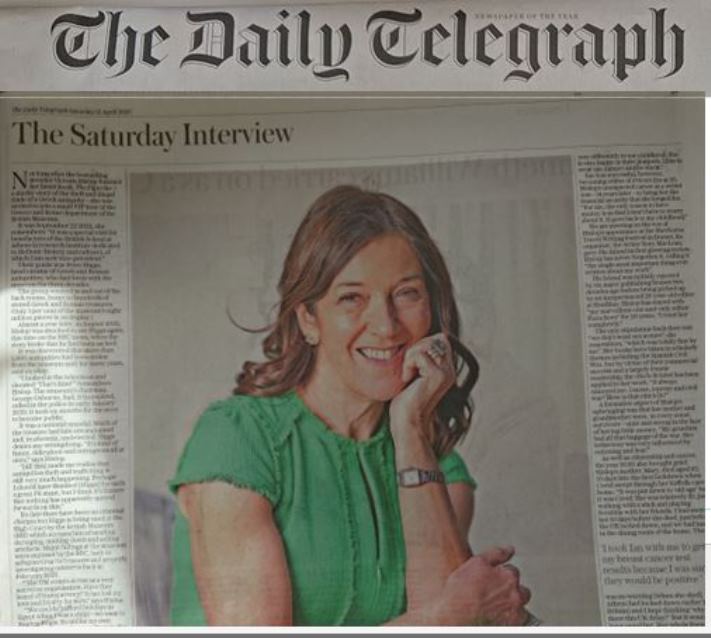
Comments powered by CComment